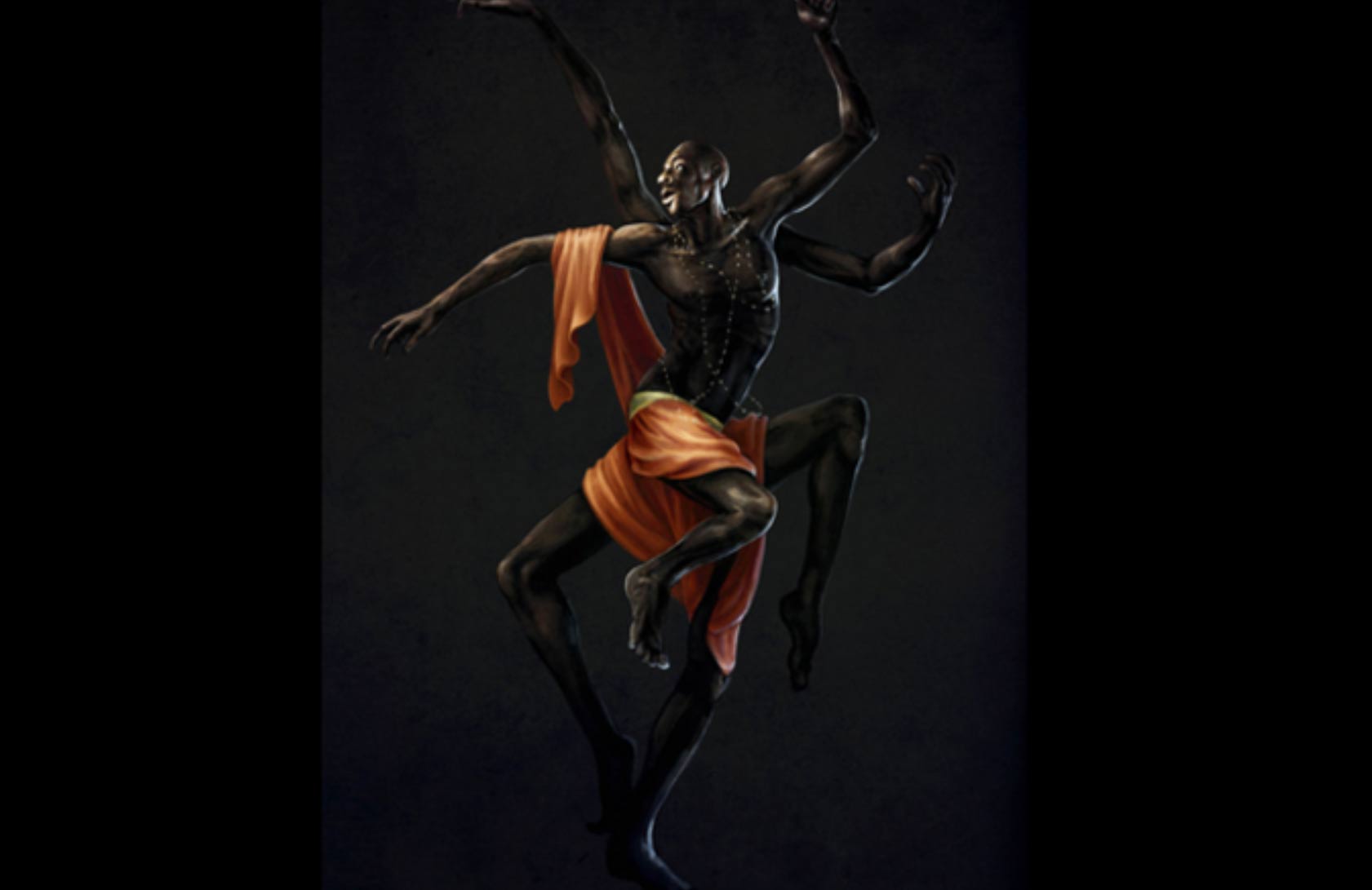Pick your tree, and pick wisely
People walking in a forest generally expect silence and loneliness; but as I was walking in the Guinea forest, I could hear cracks, creaks, and squeals. As if someone were talking to me in a strange language; a tree sounded as a complaint.
I have a bad ear. When I was a child, I was always losing at these games we played in the forest, when you have to find your hidden friends by following the discreet sounds they would make by having moved around. Because of one bad ear, I only moved in one direction. I never questioned or even thought that the sounds were mostly coming from one single side. That day anyway, aware of my ability to get lost, I finally found the chanting tree. It was an Iroko, also known as Odum in Ghana and Aloha in Nigeria. This yellow turning to red-bronze with age Milicia individual stands as the symbol of strength and longevity. One of the tallest trees of the forest, it is used as a fake teak for its close qualities. But one thing the teak definitely does not have, shutting it in the great timber wood, is its language. Yes, the Iroko can talk.
Legends say that a man thereafter called Irokoman had his spirit captured in the tree as a punishment: the tree is known to have the power to kill anybody who tries to cut it. The only way to wash away the danger is by asking for forgiveness right after the slaughter. Despite this, noises could still be heard in the houses that used the Iroko, and would persist forever.
The beliefs related to trees, especially the ones involving the spirit of a man, are even more fascinating when enlightened by the recent Western scientific research demonstrating that the trees have a language they use to communicate with each other and also to act in a global biotope. We know, for instance, that trees rarely die, as they sprout again in the form of another individual a bit further away. Not only does the newborn carry the same DNA, but they can move towards the direction they feel safest. As observed for many years now, trees migrate as any other tribe. They tend to move away from the upcoming drought and increase of temperature as the climate changes. Several forest conservatories across the world have tried to slow this migration by planting some species further, the ones that might be slower to reproduce and grow than the progress of climate change.
Trees are also able to create flying rivers, sweating out of their leaves in collegiality and use the current of winds to transport the wave of humidity to parts of the forest that suffer from a lack of rain.
Back in the Gulf of Guinea area, when wondering about what is most crucial for everyday life in rural areas, one might think of water and food in general. How then to get water where there is too little rain, to grow food in a dry poor soil?
In the North of Ghana, people got together to restore the Daka river for victims of droughts. Some would have tried to steal the neighbor’s water by diverting a waterway or build a dam, giving to some while taking from others. The people of the Daka river shores get together as a community, working at nursing and planting trees, also taking care of the on-site native trees that grow naturally, as long as no intensive mono-agriculture comes and imbalances the biodiversity.
The shade provided by more trees and the better stability of the ground thanks to their roots contribute to a richer soil and conditions to grow food. Moreover, as in rural areas, people depend a lot upon the trees’ nutrients, and the natural gifts of these plants are better used by a group working together: fruits get less wasted, seeds, leaves, and barks can be transformed while others sell at the market. All products support the families, either as financial income or directly used in meals for the community. For the baobab only, they can manage to process all the fruits and sell on the market all together. The transformation of the fruits includes grinding them into powder and mixing it with flour to feed the families, drinking the baobab fruit with water to settle the stomach and clear the cough. The shea butter tree provides butter used at home in cooking and for body care or is sold at the market. Cashew and mango trees are valuable fruits to be harvested, consumed, and sold.
Now what about the cities, does this ecological model have to be limited to the rural areas? While lots of people from isolated areas migrate to the most urbanized in hope of work and better income, they take their habits with them and often keep them active as the expected income rarely matches their hope. Despite the intensive construction in Accra, -both to launder money and to develop the city-, some leaf collectors can still be seen on the streets of the capital. You will meet them in any area, even the poshest district. The driest leaves of the guava tree are crumbled into powder to be boiled and drunk as teas. The seeds of Siamese Cassia are good at removing intestinal worms and are used in the treatment of malaria. Numerous trees that can be found in cities are incredibly useful. The knowledge is mostly held by the countryside people, the first generation of new urbanites.
So these great treasures are found everywhere, huh, you just need to bend and collect? Or stretch yourself and harvest? Here is the thing, lots of native and useful species rarefy, some are endangered, some as the endemic Talbotiella gentii in Ghana is already extinct since 2020. Reasons are various and known for decades: deforestation for intensive agriculture, production of charcoal, food-stressed regions, pollution, and climate change.
But we are still here, reading and ready for action. So let’s have a look at what we have in large cities in terms of vegetation... A study published in 2018 by MDPI in the journal Sustainability took a census of the amount of trees and the type of trees in the districts of Greater Accra. Figures say that 60% of the richest areas were covered by trees, mostly gardens brightening up their environment. In the lower-income districts, the tree cover is far lower, but a greater diversity of the species is edible. The numbers are not complicated: planting mostly edible species is essential; giving access to them is a requirement. We all know that nobody likes to open their garden to just anybody; it is already an intimate zone. Although I didn’t find any survey counting the “wasted” or unoccupied areas in cities, seeing how many plants grow here and there by the side of the roads or uncared plots, naturally or planted by some women and men without personal land, makes me think that planting systematically is surely a good social investment. And we all know, we feel and work better when we are healthy, balanced, and naturally-fed; for all the good work leading to the development and growth of a country.
Easy maths, green fingers... Let’s plant native species outrageously!
References
https://blog.ecosia.org
https://blog.ecosia.orghttps://www.rufford.org/projects/iris-emefa-kutorkor-niikwei/conservation-critically-endangeredendemic-talbotiella-gentii-eastern-ghana/
https://www.bgci.org/wp/wp-content/uploads/2023/03/PCAGhanaMedRes.pdf
https://www.gvi.co.uk/blog/smb-a-guide-to-the-trees-of-ghana/
https://treesymbolism.com/iroko-tree-symbolism.html
https://www.gvi.co.uk/blog/smb-a-guide-to-the-trees-of-ghana/
https://www.sciencesetavenir.fr/nature-environnement/les-rivieres-volantes-ce-phenomene-essentiel-pour-la-survie-de-l-amazonie_138216

We appreciate your contribution.
Join the Oriire Community
Become a free member to get the monthly roundup, unlock more challenges, comment on articles and bookmark your favourites





















Share
0 Comments